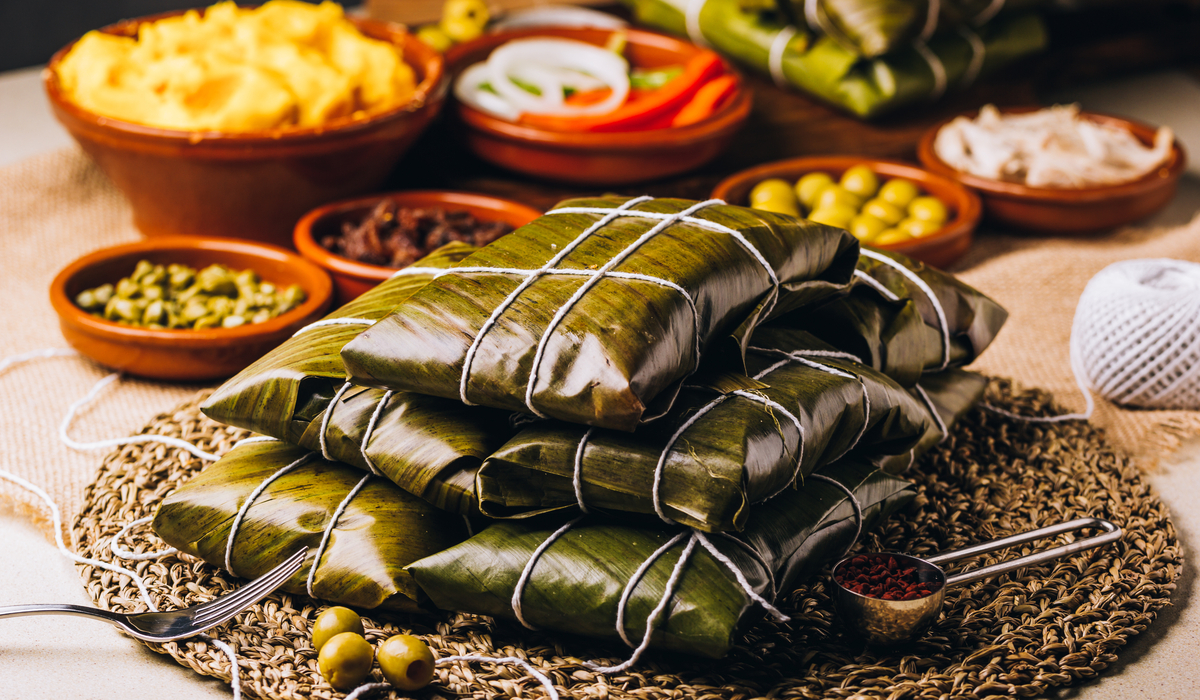If you are a fan of culinary history, you know that location, local vegetation, and cultures define local cuisines. The Yucatan is no exception and has a distinct culinary history separate from Central and Northern Mexico. With internal migration and the influence of tourism, some Mexican communities have embraced other culinary influences, but Yucatan families take great pride in their culinary history and preserve the ancient recipes handed down from their ancestors.
All we can say is lucky us and lucky you as Yucatecan food is a great addition to any travel experience.

10 Local Yucatecan Foods You Need to Try
These dishes are in no particular order, nor do we think there is a recipe better than the other. All, yes all, of these recipes are great and will take you deeper into Yucatan culture.
Xnipek – pronounced SHNE-PECK, this is a complex salsa made from habaneros, tomatoes, sour oranges, garlic and roasted onions. It’s use is similar to that of a ketchup or mustard.
Salbutes – these open faced tacos are piled high with refried beans, shredded chicken, lettuce or cabbage and topped with avocado and sliced tomato. The tortilla is slightly deep fried making this taco different from your regular soft tacos.
Cochinita Pibil – Slow roasted deer is the true Yucatecan recipe but today you will find pork in its place. Meat is marinated in achiote, tomatoes, onions and sour oranges, wrapped in banana leaves and slow cooked in an earthen oven – a pib. The dish is served with pickled red onion on either tortillas or rolls.
Lime Soup – Shredded chicken and a great chicken stock is laden with lime. When this soup is served fresh cilantro, onions, and chiles are added to the hot soup. Delicious!
Sweet Green Papaya – Before the invention of refrigerators, it was hard to preserve the vast amounts of fruit that are harvested in the Yucatan State. Today, sweet green papaya is a canned papaya preserved in a honey syrup. This dessert can be stored for months and served any time. Top it off with ice cream, serve it over vanilla cake, and you have an iconic, and easy Yucatecan dessert.
Queso Relleno – Using Edam cheese from Holland, local families stuff the rind of the cheese with ground beef, onions, raisins, local spices and pumpkin seeds. The cheese ball is then wrapped in banana leaves and steamed. The history behind this local dish stems from the Hacienda years when European owners scooped out the soft middle of the Edam cheese and leave the remains (the rind) for their workers. Little did they know that workers would shape culinary history with their leftovers.
Pumpkin Seed Salsa – I have been told numerous times a Yucatecan household is not a true Yucatecan household unless it has a constant bowl of Pumpkin seed salsa at the kitchen table. Ground pumpkin seeds, roasted onion, roasted tomatoes and chiles makes this amazing dip. Get the recipe here.
Papadzules – Chopped hard boiled egg is stuffed into fresh tortillas, and then cooked/fried in a tomato salsa. It is a remake of a flauta or taquito, central Mexican dishes stuffed with meat, deep fried and then served with salsa on the side.
Tamales Colados or Dzotobichay – Both of these tamales are considered the king of tamales throughout Mexico. It is the consistency of the masa that has earned this award. The masa is strained, making it extremely smooth, with the tamales colados stuffed with a gravy and the tamales dzotobichay stuffed with pumkin salsa. The tamale dzotobichay also uses a flavored masa (achiote and chiles) and wraps the tamale in chaya leaves, not banana leaves, when roasted on the open fire.
Xtabentun – I consider this liqueur a food, as I consider all alcohol food. This anise after-dinner digestif is sweet, made from the local Moon flower and has a unique taste. You cannot find this outside of the Yucatan Peninsula so load up when you are in Campeche, Quintana Roo (Riviera Maya, Costa Maya) and the Yucatan.
Basic Yucatecan Ingredients and Cooking Techniques
Yucatecans use sour oranges, achiote paste – a mix of various non-spicy chiles and the achiote seed – deer, turkey and corn in their recipes. Most of the recipes use a pib, an earthen oven that requires a slow cooking process in a below ground fire pit. This is what makes Yucatan food different and iconic on Mexico, and a culture very proud of its heritage.
